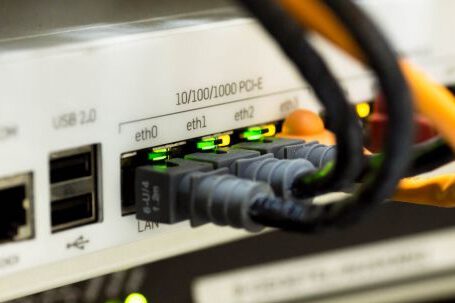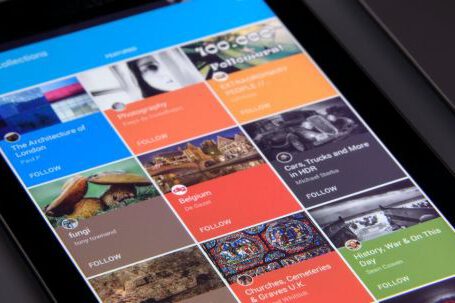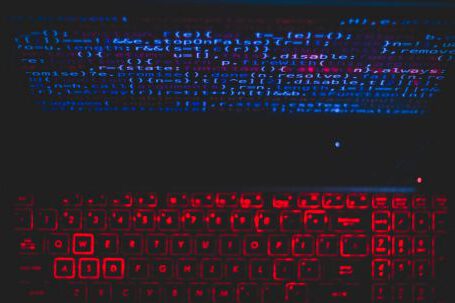The Internet of Things (IoT) is rapidly transforming the way we interact with technology. As more devices become connected, the possibilities for enhancing user experiences (UX) are expanding. This article explores the ways in which the Internet of Things will impact UX design strategies.
Understanding the Internet of Things
Before delving into the impact on UX design strategies, it is important to have a clear understanding of what the Internet of Things entails. In simple terms, the Internet of Things refers to the network of interconnected devices that can communicate with each other and with users. These devices range from smart home appliances to wearable technology and everything in between.
Enhanced Personalization
One of the key ways in which the Internet of Things will impact UX design strategies is through enhanced personalization. With the ability to collect vast amounts of data from connected devices, designers can create more personalized and tailored experiences for users. For example, a smart home system can learn an individual’s preferences for lighting, temperature, and music, and automatically adjust these settings to create a personalized environment.
Seamless Integration
Another area where the Internet of Things will impact UX design strategies is in the realm of seamless integration. As more devices become connected, it is crucial for designers to ensure that the user experience is seamless across different platforms and devices. For example, a user might start a task on their smartphone and then continue it on their smartwatch without any interruption or loss of data.
Contextual Awareness
Contextual awareness is another aspect of UX design that will be greatly influenced by the Internet of Things. With the ability to gather data from various sensors and devices, designers can create experiences that are highly context-aware. For example, a fitness tracker can provide personalized workout recommendations based on the user’s current location, weather conditions, and heart rate.
Simplified User Interfaces
The Internet of Things has the potential to simplify user interfaces by eliminating the need for complex interactions. With connected devices, users can control and interact with technology using natural and intuitive interfaces. For example, voice commands can be used to control smart home devices, eliminating the need for physical buttons or complex menu systems.
The Role of Data Analytics
Data analytics will play a crucial role in UX design strategies in the era of the Internet of Things. With the ability to collect large amounts of data from connected devices, designers can gain valuable insights into user behavior and preferences. This data can then be used to optimize the user experience and make informed design decisions.
Challenges and Considerations
While the Internet of Things presents exciting opportunities for UX design, it also comes with its own set of challenges and considerations. Privacy and security are paramount concerns when dealing with connected devices and the collection of personal data. Designers must ensure that user data is protected and that privacy settings are clear and easy to understand.
In conclusion,
The Internet of Things is set to revolutionize UX design strategies by enabling enhanced personalization, seamless integration, contextual awareness, simplified user interfaces, and the use of data analytics. However, designers must also be mindful of the challenges and considerations that come with this new era of connected devices. By embracing the opportunities and addressing the concerns, UX designers can create meaningful and impactful experiences in the age of the Internet of Things.





